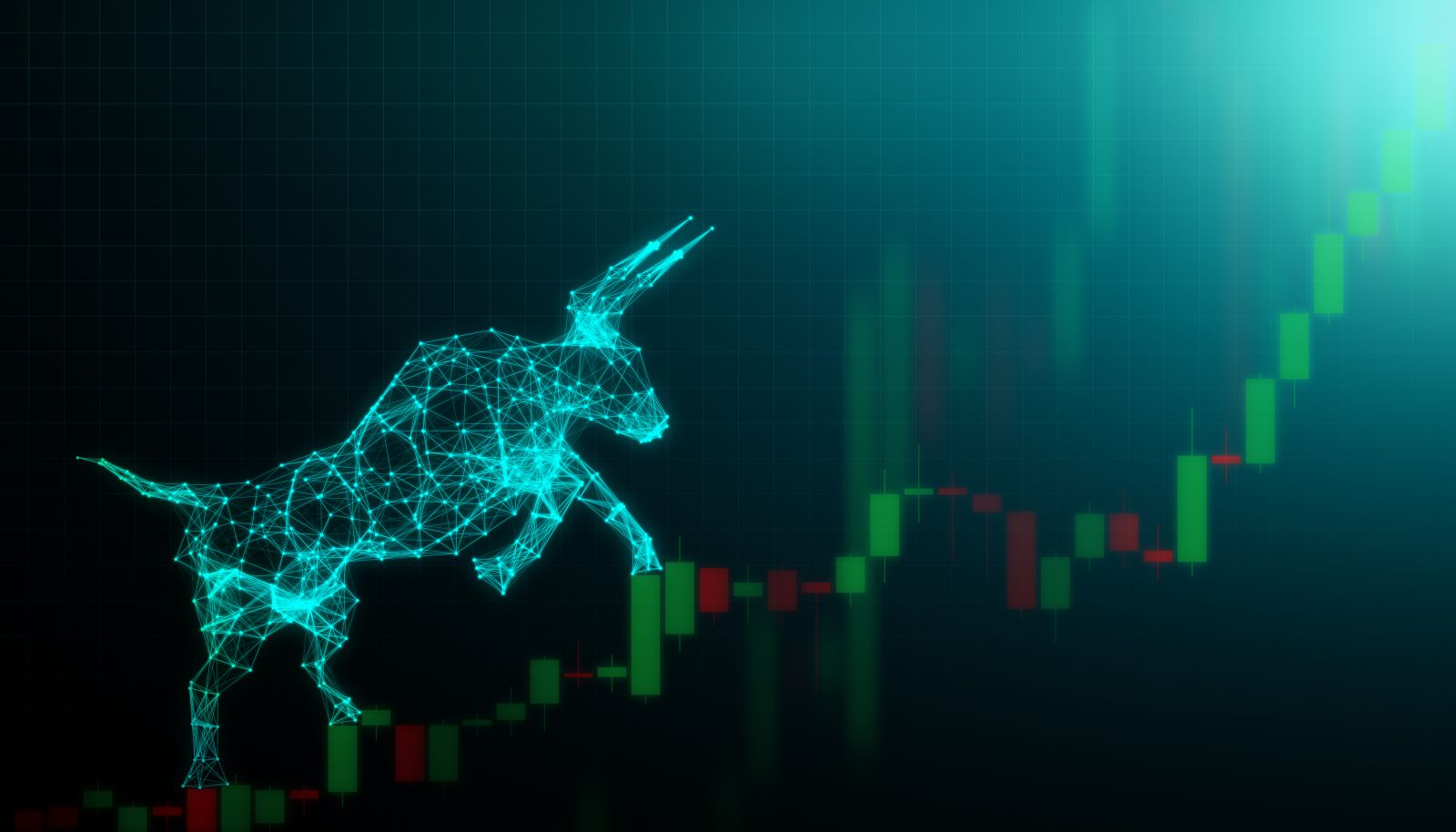
2024 started with a market-wide sell-off. The tech sector—2023’s undisputed winner and credited for restoring confidence and pulling other sectors to bullish territories—saw droves of investors pocketing profits last week, wiping out about $500 billion in market cap from the S&P's top 12 biggest tech companies and bringing the rest of the index down. Things aren’t looking too good at the start of the year.
Still, we have 12 more months to continue 2023’s tail-end bull run. There’s no need to start worrying yet, right?
Well, some investors don’t think so. They point to the “first five days indicator” as a general barometer for the upcoming year. But is there any truth to this claim? And what do the numbers say? Let’s find out.
The “First Five Days Indicator” Explained
The indicator is fairly self-explanatory. If the S&P 500 ends green in the first five days, investors can expect green returns by the end of the year. If the first trading week goes poorly, we’re all in for a tough trading year ahead.
As of January 5, the fourth trading day of 2024, the S&P 500 is down a little over 1%. Not only does this not bode well for the “first five days indicator,” but this loss is also the first time the index ended the week in the red since the start of the bull run in October. That was nine weeks of consecutive gains, the longest one since 2004.
What Does The Recent Years Tell Us?
Proponents of the indicator don’t have to look too far when gathering recent proof for their claims. 2022 started with a 2.32% loss, opening on January 3 at 4,788.14 and ending at 4,677.03 on January 7.
As a result (or so the indicator tells us), 2022 ended at a -18.11% combined price/dividend return. That came after the double-digit positive returns in 2020 and 2021, arguably when the full weight of the COVID-19 pandemic was hammering on all indices.
Evidence Against The Indicator
The other closest negative year for the S&P 500 was 2018, which ended at -4.38%. Here’s the thing, though: 2018’s first five days were green.
Another instance against the five-day indicator is 2016’s performance. Some of you might remember how it went down. But for those who forgot or weren’t around yet, 2016 started with a bloodbath.
The S&P 500 lost about 120 points in the first five trading days. At the time, everyone called it the worst yearly start in the stock market's history.
Yet, 2016 ended with an 11.69% return.
And so here, the crux of the matter lies—in the strict bounds of averages and probability. According to Dow Jones Market Data from 1950, the results of the first five trading days predicted the end of the year by 69% in the last 73 years. So far, a 69% correlation to a correct full-year prediction seems like a good indicator. That, in itself, however, tells us nothing objective or concrete.
We must remember that averages and probability don’t operate in a vacuum, and putting them into context is important. There are other factors at play here—the considerable chance of the S&P 500, or any market index, to end with positive returns and the low chance of hitting a first-week loss.
“Correlation Is Not Causation”
Since 1950, the S&P 500 has generated positive returns for 57 years, or around 78%. That means 16 of those years ended in the red. The data tells us that of those 73 years, 26 had negative returns during the first five trading days. Of those 26, 14 ended the year positive despite the first five days indicator.
I could go on and give you percentages all day, but I think we’ve already covered the most important ones.
So where does that leave us? For starters, the instances of negative returns in the first five days in the last 73 years (35%) are more than the instances of negative returns at the end of the year (22%). Secondly, if you guess enough times, you increase your chances of getting something right.
Lastly and most importantly, we must remember one of the most oft-repeated adages in the stock market: past performance is not indicative of future results. Psychological factors like herd behavior (“follow the money”) or enough people following indicators so much that it becomes a self-fulfilling prophecy are relatively common in the typical run of the stock market. This doesn’t even consider the dozens of factors influencing a stock’s price at any given time.
Fundamentals Plus Technicals Are The Way To Go
Should we scrap the entire concept of the first five-day indicator? Well, no. The stock market is complex, and any indicator that can help figure things out has potential uses. However, depending on a single indicator for your analysis is not a great investment strategy.
In my experience, mixing technical and fundamental analysis is one of the best investment methods. That way, objective data taken within the proper context is combined with predictive models to generate a more well-rounded strategy.
Or, to take all the guesswork out of all of this, you could just invest in reliable companies with decent growth potential and great dividend payouts. Dividend Kings and Aristocrats are great for these.
At the end of the day, investors need to keep a close eye on the market because things can change in the blink of an eye.
More Stock Market News from Barchart
- 2023: A Year Of Market Surprises And The Path Forward For Investors In 2024
- Earnings, Boeing News and Other Can't Miss Items This Week
- Netflix Stock Is Down, But It Could Still Be Worth 35% More at $640 Per Share
- Disney Stock 2025 Forecast: Can a ‘Golden Cross’ Carry DIS Higher?
On the date of publication, Rick Orford did not have (either directly or indirectly) positions in any of the securities mentioned in this article. All information and data in this article is solely for informational purposes. For more information please view the Barchart Disclosure Policy here.


/A%20concept%20image%20of%20space_%20Image%20by%20Canities%20via%20Shutterstock_.jpg)
/A%20concept%20image%20of%20a%20flying%20car_%20Image%20by%20Phonlamai%20Photo%20via%20Shutterstock_.jpg)


/Oracle%20Corp_%20office%20logo-by%20Mesut%20Dogan%20via%20iStock.jpg)